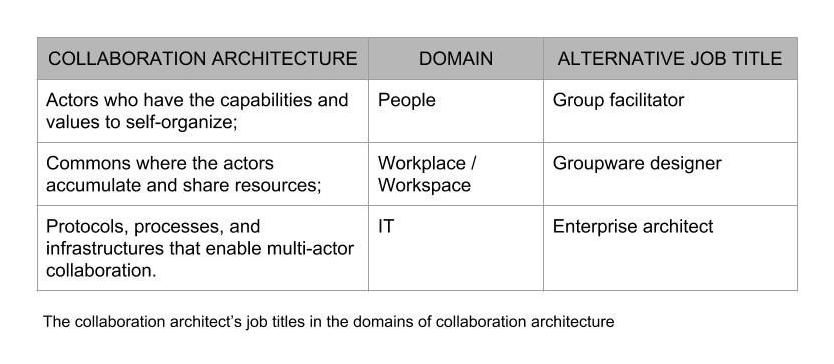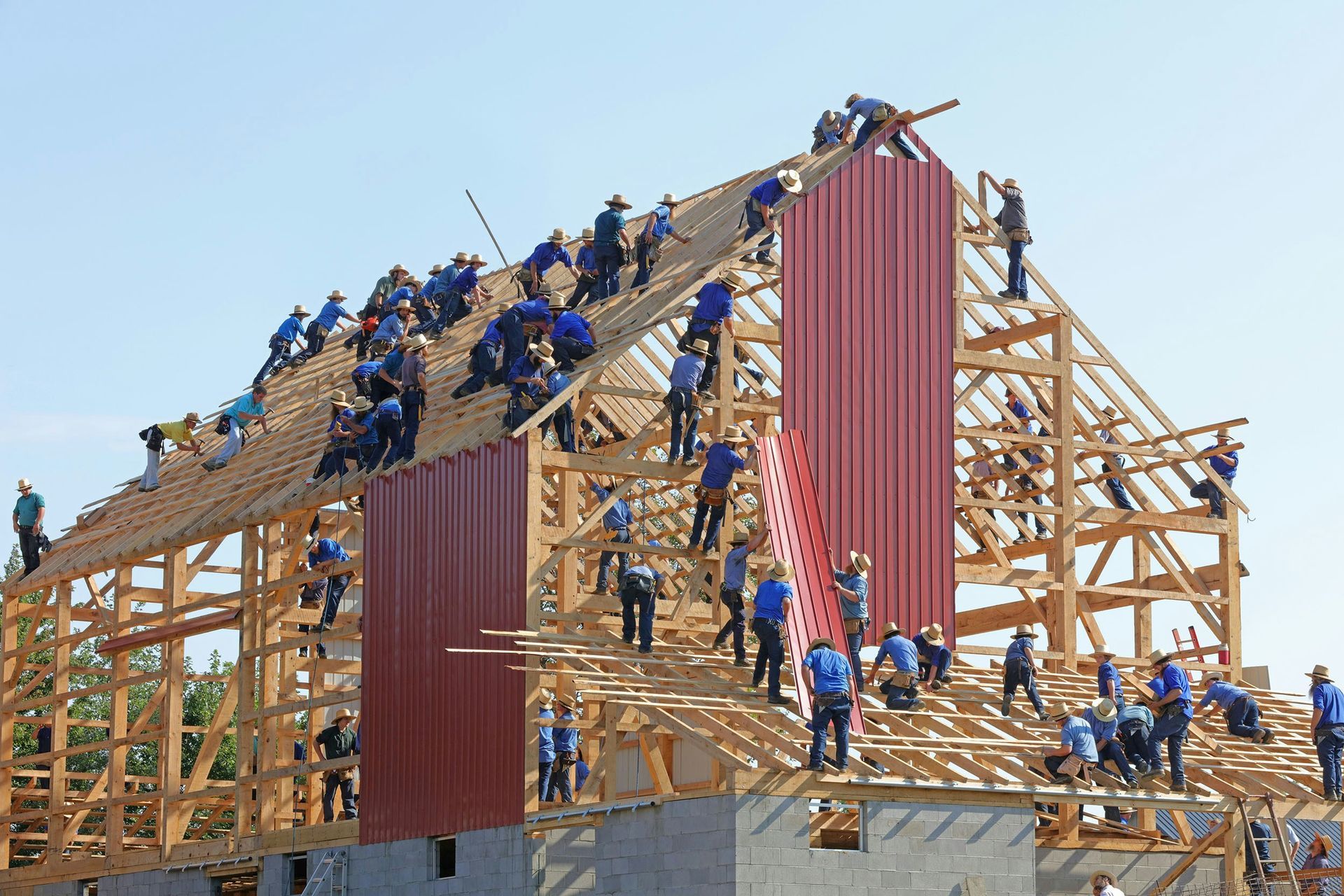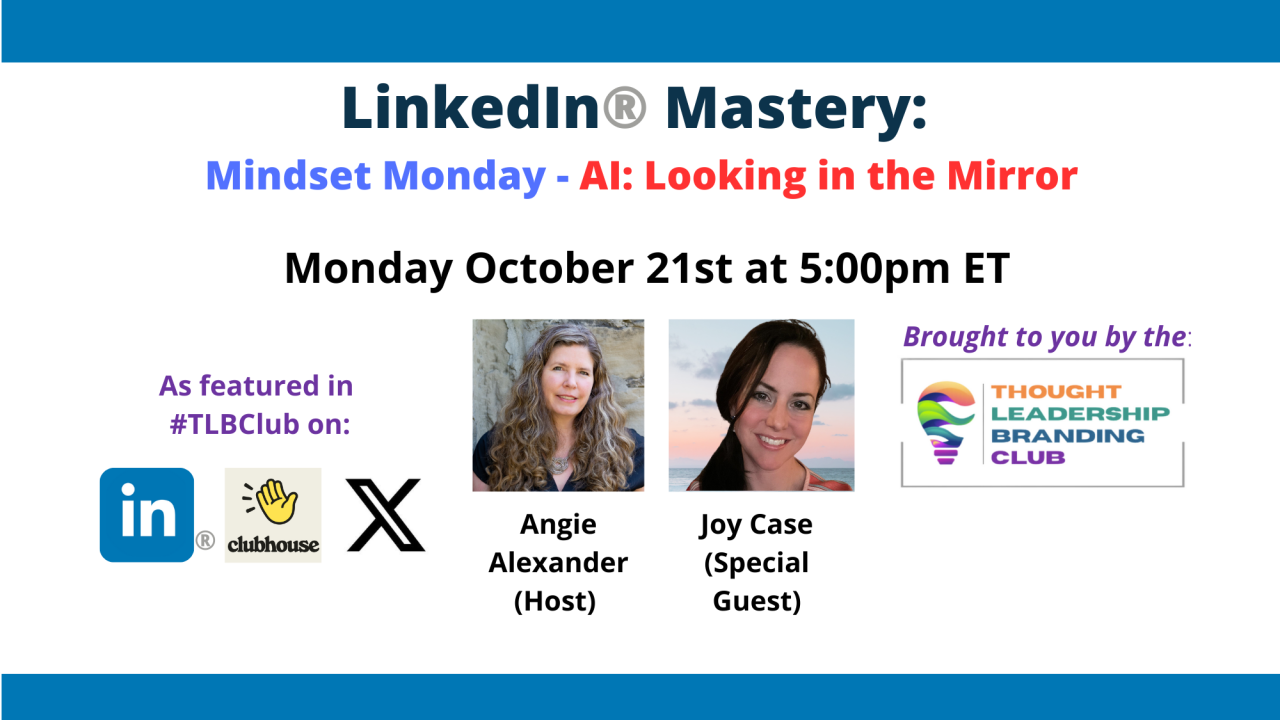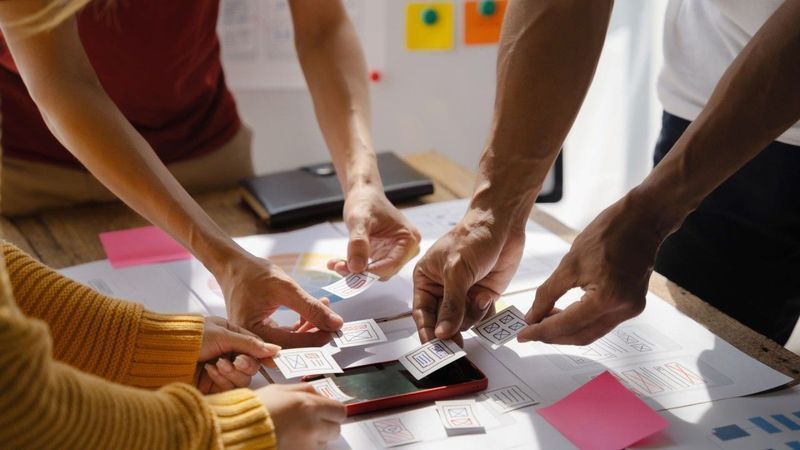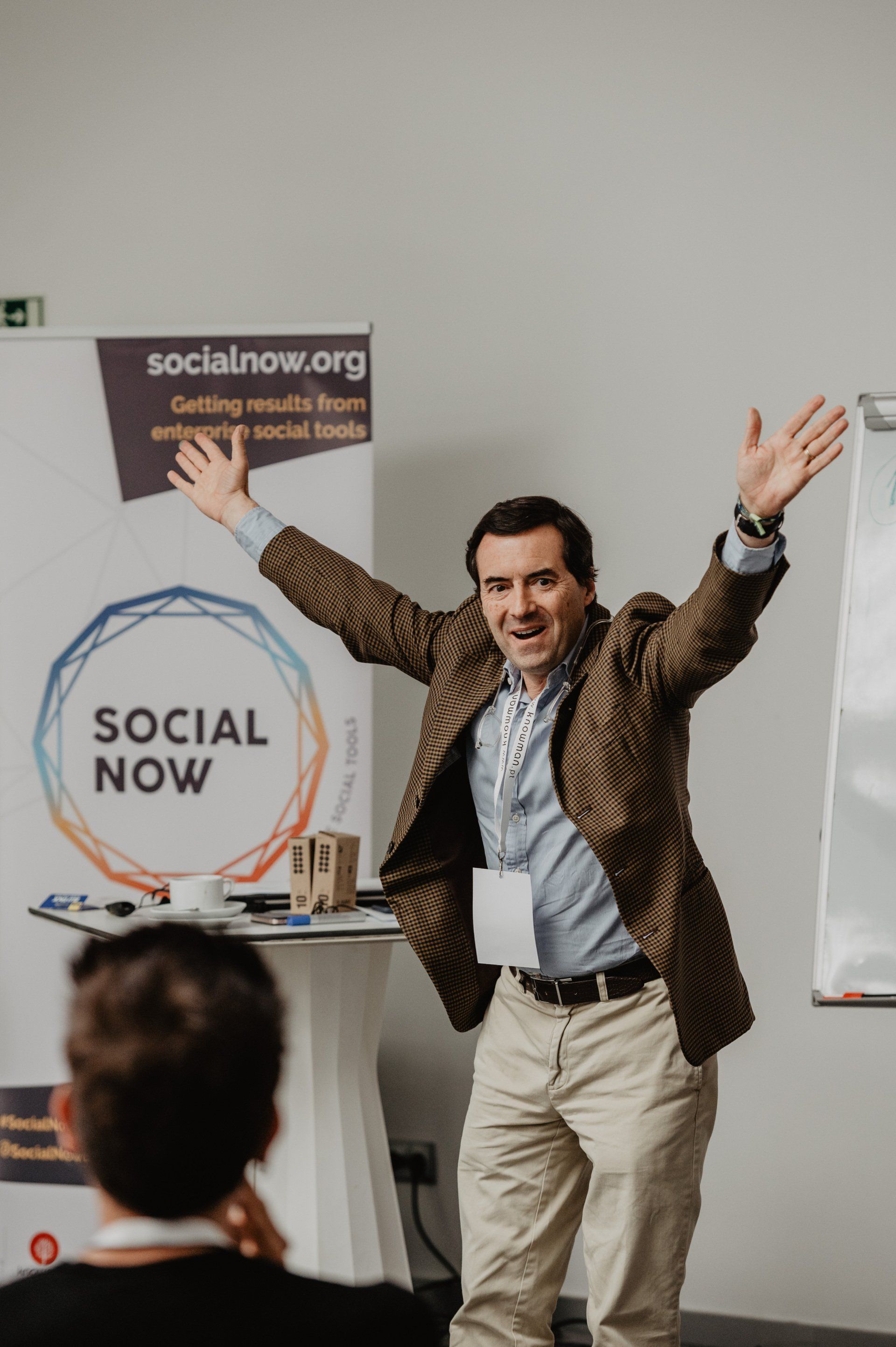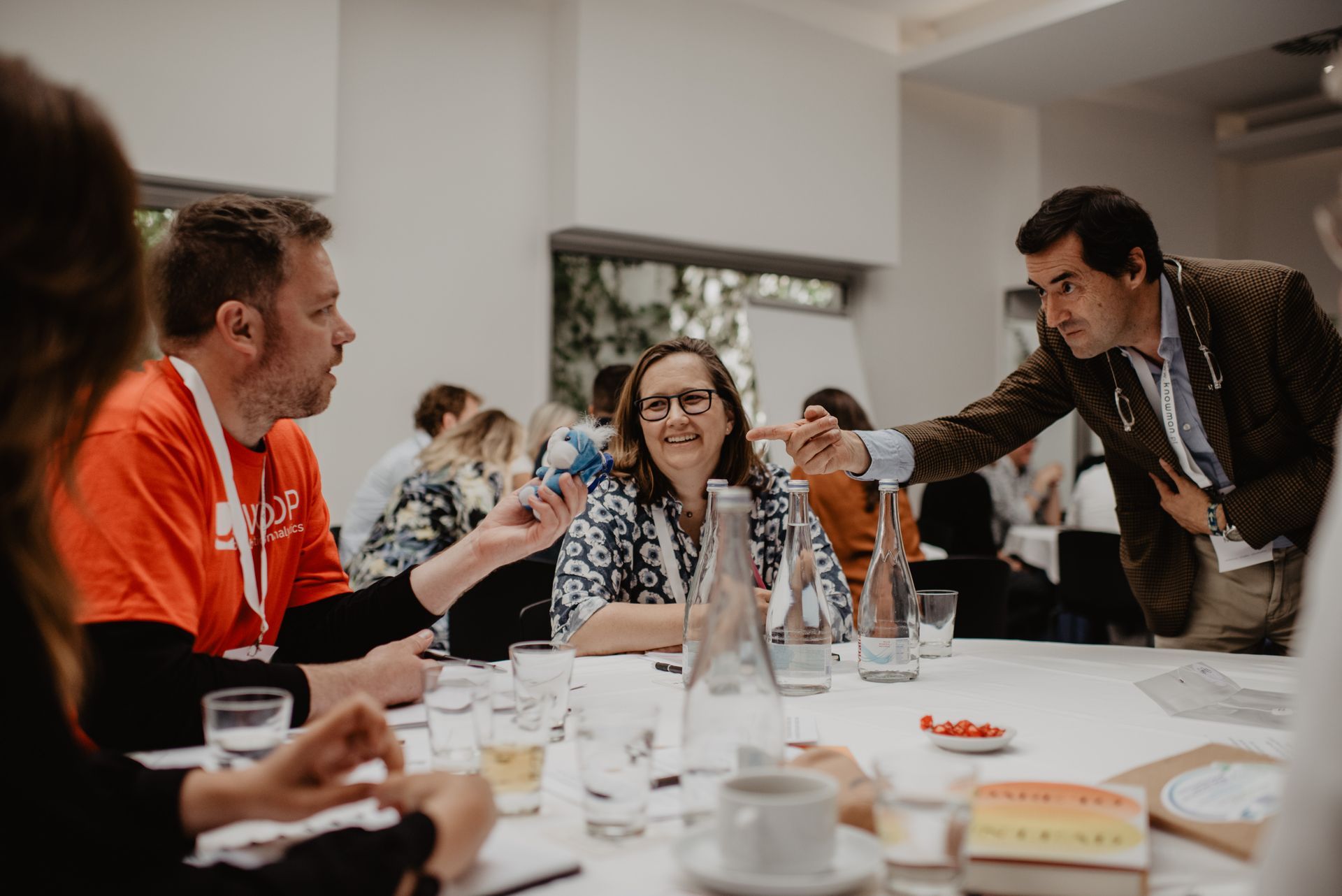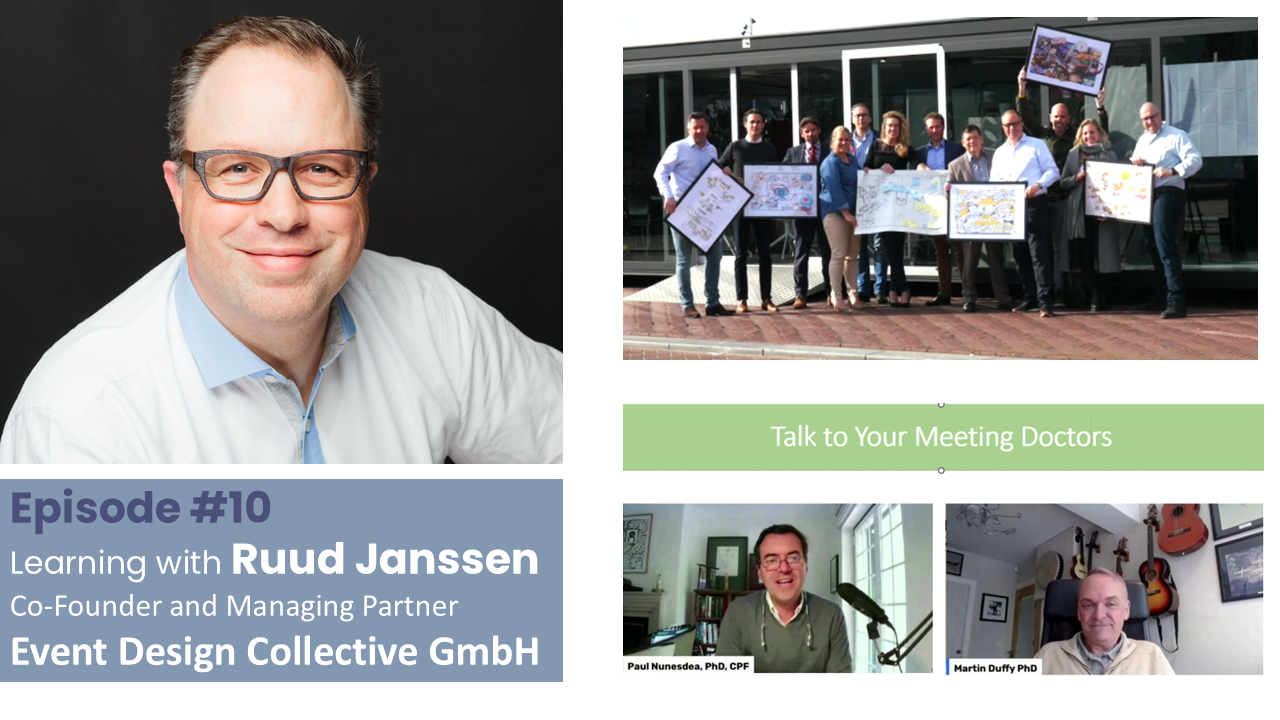
What kind of facilitation
11 Flavors of Facilitation for Business Meetings

My latest book co-author, Elise Keith writes articles that are a blessing for anyone in the meeting industry and she is currently considered one of the top thought leaders in the art and science of meetings.
One of her latest is titled - 11 Flavors of Facilitation for Business Meetings - and for the ones approaching this field with curiosity, these 11 flavours are not only comprehensive but useful orienting not just newcomers but also all practitioners in this industry.
She wrote:
"If you have a gathering that is especially important, high-stakes, sensitive, or complex, you can get a lot out of working with an expert facilitator that has an outside and impartial perspective. But where should you start? There are lots of approaches and schools of thought to this business of facilitation, all very cool in their ways."
And then dwells on explaining more about these 11 different 'flavours' in professional facilitation and you can read it
here.
Now, that said we shouldn’t be confusing this useful map with the territory which is messy, to say the least.
Several facilitators are doing Agile coaching and if you enquire members of the International Association of Facilitators (IAF) (quite rightly the reference association in this field) many will answer that they are hybrid professionals that offer unique of kind consulting services (including designing innovation and change, executive training, coaching, design thinking, scrum, event planning, etc).
In a word, let’s all be certain that Facilitation is just a mean to achieve an end: group collaboration.
Without a client that understands how to use group collaboration and why, hiring a facilitator will be just a “show off”.
Without a ‘collaboration architect,’ nothing of significance from facilitation will happen besides a certain amount of ‘team building’ with many hugs and kisses in the end but scratching only the surface of what could be the real structural change the organization is begging for.
'Collaboration architect' is a title that has been used to refer to professionals that work in the IT field and specifically in what is termed Enterprise Collaboration Architecture.
Yet, I have argued elsewhere (check on LinkedIn Pulse "what's a collaboration architect?") and started a book series on this subject, claiming that the term could also be employed to any professional that has to deal with human collaboration.
Every manager, teacher or trainer in the world, whenever trying to run a business organization or a classroom can also be a collaboration architect without even knowing.
A collaboration architect intervenes at these three levels: People, Workplace/Workspace and IT infrastructure, but with different job titles.
David Strauss's seminal book "How to Make Collaboration Work and the five principles of collaboration" introduced the concept of group facilitation to the business world and proposes 5 key principles for collaboration at the 'people' level.
- Involve the relevant stakeholders
- Build consensus phase by phase
- Design a process map
- Designate a process facilitator
- Harness the power of group memory
These two last points are probably the least understood by business managers when acting as collaboration architects. The need to appoint a neutral figure that manages the power of group memory in meetings is equally important for a successful collaboration than the design of an overall process map and the step by step consensus with all relevant stakeholders.
Conclusion
Regardless of the facilitator flavour, you as a client must see yourself as a collaboration architect. Your understanding of the situation should help you to make decisions on who to involve and what would be the outcomes of the collaboration you need and the steps involved (a process map) where you can start to build consensus each step at a time.
Then, hire a facilitator that helps you convert these ideas into an actionable meeting flow and implement the process that she or he would be managing as a neutral external person.
Any of the flavours that Elise's mention in her article should be fine. Of course, being a Certified Professional Facilitator from the International Association of Facilitators, I would have my preference clear.
But so long as you know what you want to achieve as a collaboration architect any type of facilitator should be able to deliver tremendous value.
About the author
Paul Nunesdea is the English pen name of Paulo Nunes de Abreu, Facilitator, Master of Ceremonies, Author, and Publisher of the book series - Architecting Collaboration, his LinkedIn profile can be reached here, or in Spanish here, or Portuguese here.
Paul is an IAF Certified Facilitator™ who designs and hosts events for clients ranging from large companies to municipalities and regional governments.
His academic background as a PhD researcher combined with +15 years of experience as a former CEO and entrepreneur has sharpened a client-serving mentality eager to co-create win-win solutions. As an NGO founder, he co-founded Digital Health Portugal and hosts the Health Regions Summit, the Health Data Forum among other initiatives.
As both a GroupMap™ and Howspace™ certified facilitator he co-founded the Digital Collaboration Academy with renowned facilitator Peter Seah united by the vision of creating and sustaining a new emerging field -
Digital Facilitation - augmented by the core competencies of the IAF - International Association of Facilitators.

Follow Us
"Be brave enough to start conversations that matter and shift the direction of change for the better."
col.lab | collaboration laboratory is a spin-off from the book series " Architecting Collaboration " and our privacy policy can be consulted here
My Meeting Support is an event services brand by col.lab | collaboration laboratory






